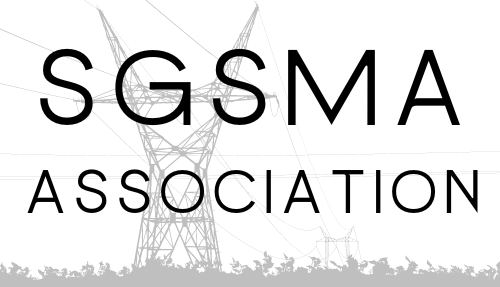Implementation of State Estimation: A Multi-Scale Framework
Date: Wednesday, May 26 Time: –
Add to calendar: Webinar1.ics
 Name and title of the speaker: Shaobu Wang, Senior Research Engineer
Name and title of the speaker: Shaobu Wang, Senior Research Engineer
Email: shaobu.wang@pnnl.gov
Organisation: Pacific Northwest National Lab, USA
Biography of the speaker: Shaobu Wang received the Ph.D. degree in electrical engineering from Zhejiang University, Hangzhou, Zhejiang province, China, in 2009. From March 2009 to March 2010, he worked as a postdoctoral fellow in the Department of Electrical and Computer Engineering, University of Alberta, Edmonton, AB, Canada. From April 2010 to April 2011, he worked as a postdoctoral research associate in the Center for Energy Systems Research, Tennessee Technological University, Cookeville, TN, USA. He joined Pacific Northwest National Laboratory as a research engineer in 2011, Richland, WA, USA. His research interests include PMU-based monitoring and control of power systems and renewable energy integration.
Abstract: The behavior of modern power systems is becoming more stochastic and dynamic due to the increased penetration of variable generation, demand response, new power market structures, extreme weather conditions, contingencies, and unexpected events. It is critically important to understand the current operational issues in the power system, and predict those in the near future, to reinforce system resilience and reliability so that grid planners and operators can take preventive actions to mitigate their negative effects, e.g., lack of operational reserves. Dynamic state estimators based on phasor measurement units (PMUs) can track dynamic states in near-real time. However, current PMU installation is insufficient to provide full network observability in the North American power grid; (The North American SynchroPhasor Initiative estimated that around 2,000 PMUs had been installed or planned by the year 2018). Therefore, it is unrealistic to perform dynamic state estimation (DSE) for the whole system. To bridge this gap, the presentation proposes a multi-scale framework that combines the strengths of static state estimation (SSE) and DSE. The proposed approach can be summarized as follows: we perform SSE in a large portion of a grid when the system is in a steady state, and we switch from SSE to DSE in a small portion that has PMU coverage when the system is in a transient state. In other words, when a dynamic event is detected, we switch from SSE to DSE; when the event is over, we switch back to SSE. The proposed framework includes two basic topics: (1) when to switch between SSE and DSE; (2) how to switch. For the first one, we need to address event detection using measurement data, and judge whether the transient response is big enough to launch DSE when an event is detected. In contrast, if we need to switch from DSE to SSE, we need to develop criteria to judge whether the system goes into a steady or quasi-steady state. For the second one, we need to address how to determine the initial values for the DSE when switch from SSE to DSE. In the proposed framework, the switching logic between SSE and DSE is determined by the system event/disturbance. In this presentation, we will discuss how to use the singular spectrum analysis (SSA) method to analyze time series of PMU measurements to detect changes of system operational conditions. The SSA is a powerful, nonparametric method for time-series analysis. The basic idea is to perform singular value decomposition of the trajectory matrix that is obtained from the original series. The distance between the subspace spanned by certain eigenvectors and the lagged vectors will increase if an event happens. A power systems event will change the temporal and spatial correlations of the PMU measurement time series, which will be captured by the SSA method. The proposed framework aims to enhance grid reliability and resilience, which is key for the next-generation energy management system of the power grid, using the hybrid state estimator to track system states in both steady and transient states. The developed framework can track changes in system states over wide temporal and spatial ranges and significantly enhance the operator’s situational awareness, yielding better system monitoring, protection, and control.
